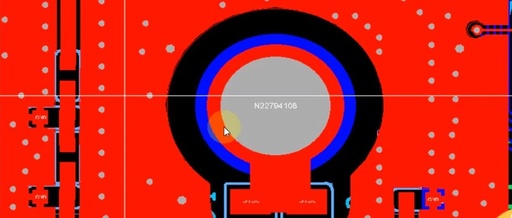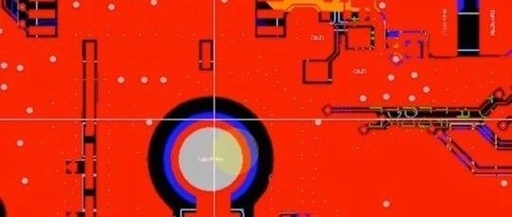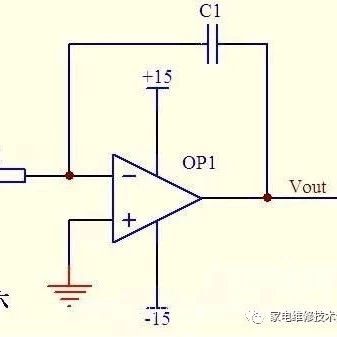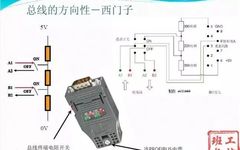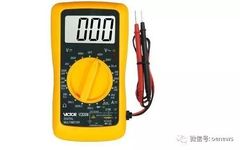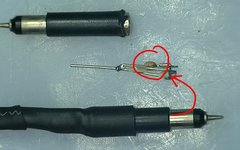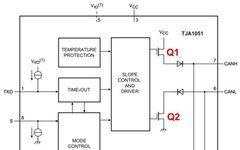Is it Good to Connect the Circuit Board Ground Directly to the Chassis Ground? Adding a Resistor and Capacitor Might Be Better
How to Connect the Chassis to the Circuit Board Ground?The chassis is made of metal, and there is a screw hole in the middle, which connects to the ground. Here, a 1M resistor is connected in parallel with a 0.1uF capacitor to connect to the circuit board ground. What are the benefits of this?1. If … Read more
